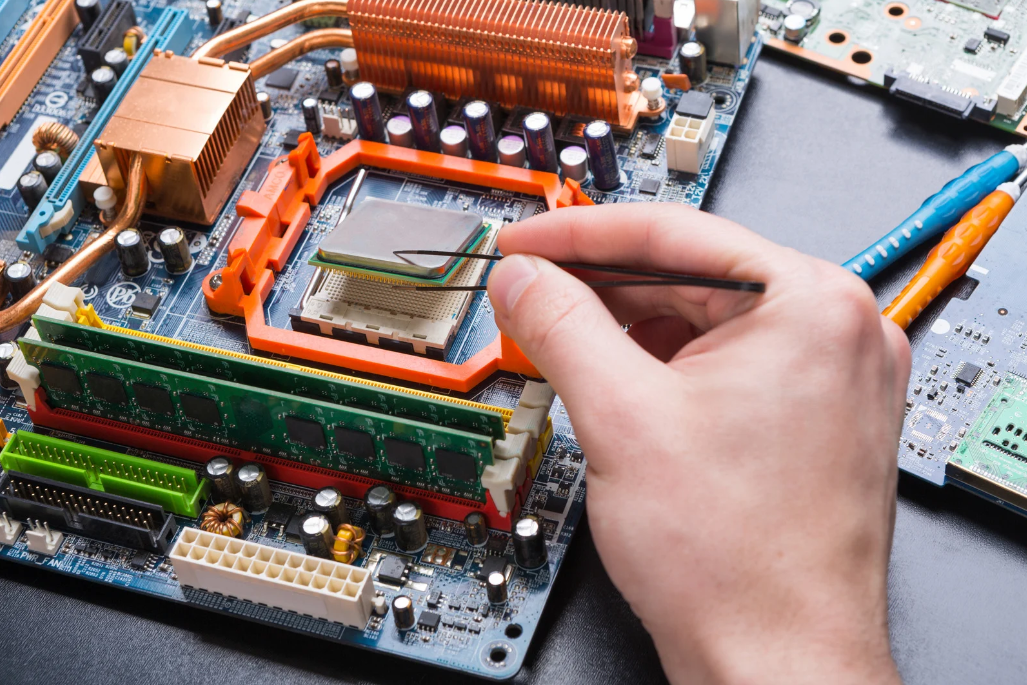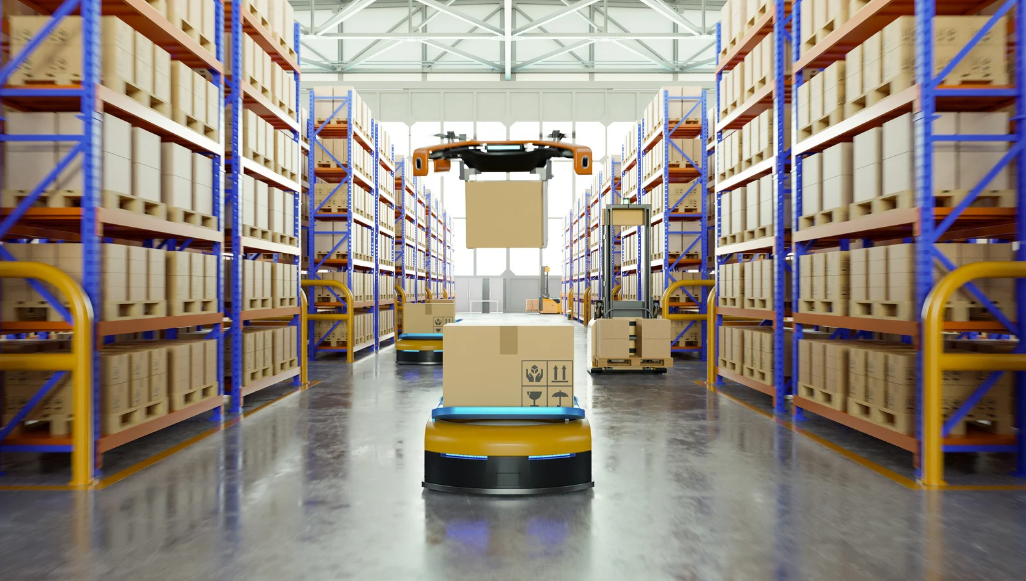How Ultrasonic Sensors Work
Ultrasonic sensors send short sound bursts, then wait for the echo that bounces back. Here’s the usual pattern:
- The sensor’s circuit triggers the transducer.
- A sound pulse travels through air until it hits an object.
- The echo returns to the transducer.
- The device measures the time between sending and receiving.
- Distance is calculated: time × speed of sound / 2.
Ultrasonic sensors send out sound pulses and listen for echoes to figure out how far objects are.
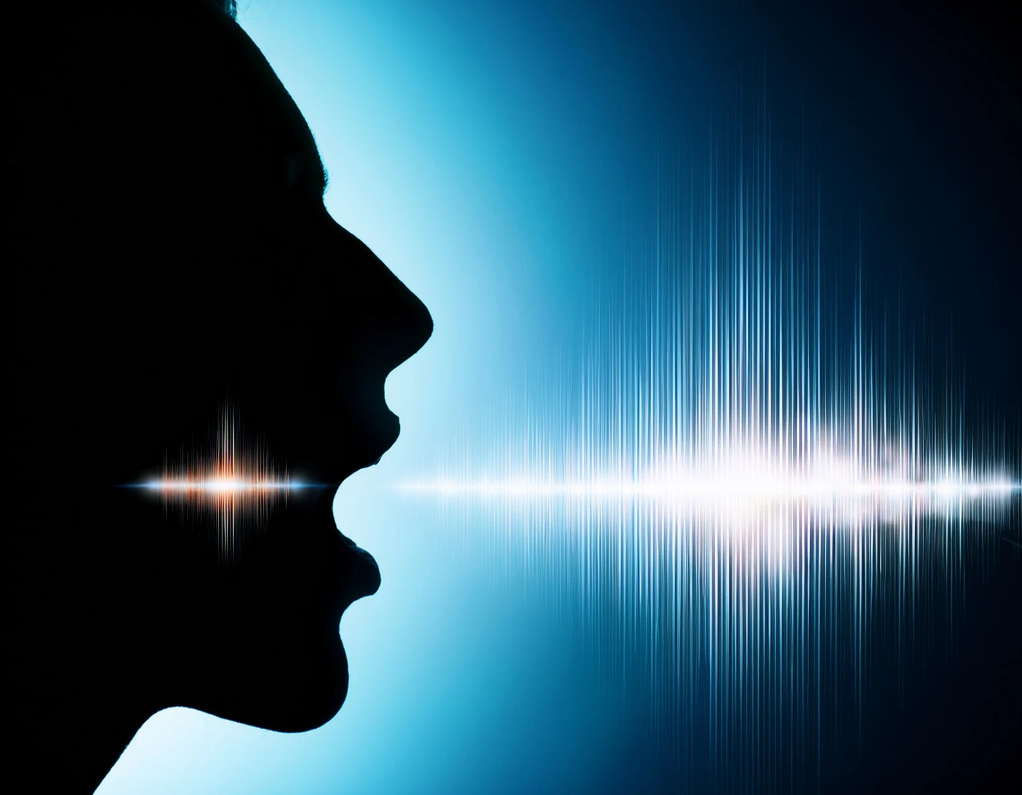
The Role Of Sound Waves In Detection
Sound waves above 20 kHz are used because we can’t hear them, but machines can. When these waves hit a surface, they reflect back. The sensor notes changes in amplitude and timing to tell:
- How far away something is.
- Whether an object is moving closer or farther.
- Rough estimates of shape or texture.
| Property | Value in Air |
| Speed of sound | ~343 m/s at 20°C |
| Typical freq | 40–50 kHz |
| Wavelength | ~8.6 mm at 40 kHz |
Even small shifts in temperature or humidity can change how fast sound travels. That can tweak your readings more than you expect.
Key Components Of An Ultrasonic Sensor
Most modules share a few parts:
- Transmitter: Often a piezoelectric transducer that converts electrical signals into sound.
- Receiver: A matching element that turns echoes back into voltage.
- Timing circuit: Measures the interval between send and receive.
- Microcontroller: Runs calculations and filters out noise.
- Housing: Holds everything in place and helps direct the sound beam.
This mix of parts works together to give you a clear sense of distance, even in low light or dusty conditions.
Understanding Ultrasonic Data Triangulation
Ultrasonic sensors do more than just beep. They can give a lot of information about where things are. Data triangulation is how we turn those simple echoes into precise location data. It’s super useful, especially in cars.
Beyond The Beep: Extracting Hidden Data
Think of it this way: a single beep tells you something is there. But with a bit of clever math, we can figure out where “there” actually is. This is where triangulation comes in. By using multiple sensors and analyzing the returning signals, we can get a much clearer picture of the surroundings. It’s like having multiple eyes instead of just one. This is especially important for things like parking assist or blind-spot monitoring.
Time Of Flight Triangulation
Time of Flight (TOF) is one way to do triangulation. It’s pretty straightforward. It measures how long it takes for the sound wave to go out and come back. The longer it takes, the farther away the object is. By using multiple sensors, we can calculate the object’s position in 2D or even 3D space. It’s like echolocation, but for cars. Here’s a simple breakdown:
- Send out a sound wave.
- Measure the time it takes to return to each sensor.
- Calculate the distance to the object from each sensor.
- Use geometry to pinpoint the object’s location.
TOF is easy to understand and implement, but it can be affected by things like temperature and air pressure. For more precise applications, other methods might be better. You can use ultrasonic piezo transducers to improve the efficiency of the process.
Phase Difference Triangulation
Phase difference triangulation is a bit more complex, but it can be more accurate. Instead of just measuring the time it takes for the sound to return, it looks at the phase of the returning signal. The phase is basically where the wave is in its cycle. If the wave is shifted, that tells us something about the distance the sound traveled. Here’s how it works:
- Send out a sound wave.
- Measure the phase shift of the returning signal at each sensor.
- Calculate the distance to the object from each sensor based on the phase shift.
- Use geometry to pinpoint the object’s location.
Phase difference is more sensitive to changes in distance than TOF, which means it can be more accurate. However, it’s also more sensitive to noise and interference. It’s a trade-off.
Phase difference triangulation is often used in applications where high accuracy is needed, such as robotics or precision manufacturing. It requires more sophisticated hardware and software, but the results can be worth it.
Here’s a quick comparison of the two methods:
| Feature | Time of Flight (TOF) | Phase Difference |
| Accuracy | Lower | Higher |
| Complexity | Lower | Higher |
| Sensitivity to Noise | Lower | Higher |
| Cost | Lower | Higher |
Advanced Triangulation Algorithms For Enhanced Accuracy
Refining Distance Measurement
So, you’ve got your basic triangulation down, but what if you need really good accuracy? That’s where advanced algorithms come in. It’s not just about the raw data; it’s about how you process it. Think of it like this: anyone can take a picture, but it takes a skilled photographer to create a masterpiece. These algorithms refine the distance measurements by accounting for various error sources and noise.
- Filtering techniques to reduce noise.
- Calibration methods to correct sensor imperfections.
- Statistical analysis to improve precision.
Overcoming Environmental Challenges
Ultrasonic sensors are great, but they’re not perfect. Temperature, humidity, and even air pressure can mess with the sound waves, leading to inaccurate readings. Advanced algorithms help to compensate for these environmental factors. It’s like having a smart assistant that automatically adjusts for the weather. For example, temperature affects the speed of sound, so algorithms adjust calculations based on temperature readings. This is especially important for outdoor applications or environments with fluctuating conditions.
Environmental compensation is a critical aspect of advanced triangulation. By modeling the impact of environmental factors on ultrasonic signal propagation, algorithms can significantly reduce measurement errors and improve the reliability of sensor data.
Computational Approaches To Precision
Modern computing power allows for complex calculations that were previously impossible. These computational approaches use sophisticated mathematical models to refine triangulation results. This includes things like sensor fusion, where data from multiple sensors is combined to create a more accurate picture. Machine learning is also playing a bigger role, with algorithms trained to recognize and correct errors in real-time. Think of it as teaching the sensor to learn from its mistakes and get better over time. Integrating additional sensors like microphones can further refine location estimates and enable object type identification. Novel approaches to sensor calibration and dynamic error compensation promise significant accuracy improvements.
Applications Of Ultrasonic Sensor Technology In Automotive
Precise Parking Maneuvers
Parking can be a real pain, right? Ultrasonic sensors are making it easier. They help cars “see” how close they are to other objects, like cars or walls. This is super useful for parallel parking or squeezing into tight spots. The sensors send out sound waves and measure how long it takes for them to bounce back. The car then uses this information to figure out the distance and can even steer itself into the spot. It’s like having a personal parking assistant!
Robust Blind-Spot Monitoring
Blind spots are scary. You check your mirrors, but there’s still that nagging feeling that something might be there. Ultrasonic sensors can help with that too. They can be placed on the sides of the car to detect vehicles or objects in your blind spots. If something is there, the car will alert you, usually with a light on the side mirror or a beep. This is especially helpful in bad weather or at night when visibility is low. It’s like having an extra set of eyes, and it can really reduce the risk of accidents. These sensors offer enhanced accuracy in detecting objects, even when visual limitations exist.
Collision Avoidance Systems
Collision avoidance systems are the next level of safety. They use ultrasonic sensors, along with other technologies like cameras and radar, to detect potential collisions. If the system detects that a collision is likely, it can warn the driver or even automatically apply the brakes. This can help prevent accidents or reduce the severity of them. It’s like having a guardian angel in your car, always watching out for you.
Think of it this way: ultrasonic sensors are like bats for your car. They use sound to “see” the world around them, even when visibility is poor. This makes driving safer and easier, especially in tricky situations like parking or navigating busy streets.
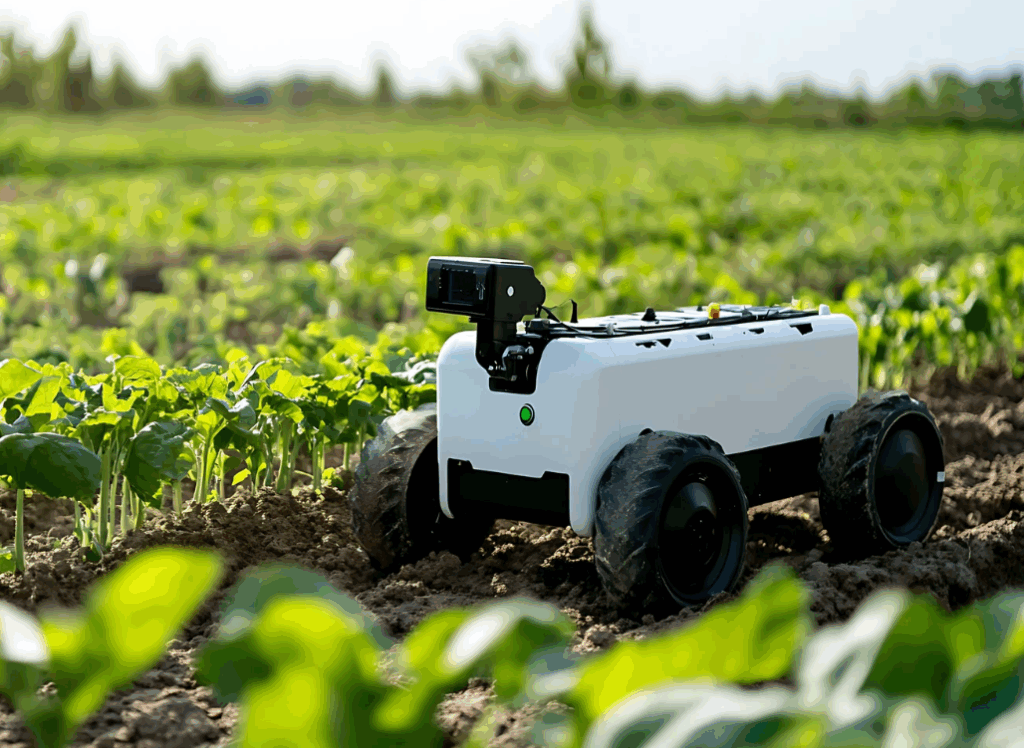
Here’s a simple table showing how ultrasonic sensors contribute to collision avoidance:
| Feature | Benefit |
| Object Detection | Identifies potential hazards |
| Distance Sensing | Measures the distance to those hazards |
| Speed Assessment | Determines the closing speed to hazards |
Innovations Driving The Future Of Ultrasonic Sensors
Ultrasonic sensor tech is moving fast! It’s not just about simple distance measurements anymore. We’re seeing some really cool advancements that are making these sensors way more capable and useful. Let’s check out some of the key areas where things are changing.
Real-Time Processing Capabilities
The ability to process data in real-time is a game-changer. This means sensors can react instantly to changes in their environment. No more lag! This is super important for applications like autonomous driving or robotics, where split-second decisions can make all the difference. Faster processors and smarter algorithms are making this possible. Think about it: a car that can instantly adjust its parking based on real-time sensor data. That’s the power of real-time processing.
Sensor Fusion With Complementary Technologies
Ultrasonic sensors don’t have to work alone. Combining them with other types of sensors, like cameras or lidar, can create a much more complete picture of the surroundings. This is called sensor fusion, and it’s becoming increasingly common. Each sensor has its strengths and weaknesses, so by combining them, you can overcome those limitations. For example:
- Cameras are great for identifying objects, but they can struggle in poor lighting.
- Lidar provides accurate distance measurements, but it can be expensive.
- Ultrasonic sensors are cost-effective and work well in all weather, but they have a limited range.
By fusing data from all three, you get a system that’s more reliable and accurate than any single sensor could be on its own. This sensor fusion approach is key to improving the overall performance of many systems.
Machine Learning For Improved Performance
Machine learning is also playing a big role in the future of ultrasonic sensors. By training algorithms on large datasets, we can improve the accuracy and reliability of these sensors. Machine learning can help with things like:
- Filtering out noise and interference.
- Identifying different types of objects.
- Predicting future sensor readings.
Machine learning algorithms can adapt to changing environmental conditions, making the sensors more robust and reliable over time. This is especially important in applications where the environment is constantly changing, such as in a factory or on a construction site.
Here’s a simple example of how machine learning can improve ultrasonic sensor performance:
| Scenario | Traditional Sensor | Machine Learning Enhanced Sensor |
| Heavy Rain | Reduced Accuracy | Maintained Accuracy |
| Cluttered Space | False Positives | Reduced False Positives |
| Varying Materials | Inconsistent Reads | More Consistent Reads |
These innovations are making ultrasonic sensors more powerful and versatile than ever before. As technology continues to advance, we can expect to see even more exciting developments in this field. The future of ultrasonic piezo technology is bright!
Advantages Of Ultrasonic Sensors In Modern Systems
Cost-Effectiveness And Accessibility
Ultrasonic sensors really shine when you consider the price. They often present a more budget-friendly option compared to other sensing technologies like radar or lidar, especially for shorter-range applications. This makes them attractive for projects where keeping costs down is important. Plus, you can find them pretty easily from many suppliers, which helps with getting parts quickly and keeping development moving. This accessibility means more people can use them in their projects without breaking the bank.
All-Weather Performance
One of the biggest advantages of ultrasonic sensors is how well they work in different weather. Unlike some sensors that struggle with rain, snow, or fog, ultrasonic sensors can still give reliable readings. This is because sound waves aren’t as affected by these conditions as light or radio waves. This makes them great for outdoor applications like parking assistance or weather monitoring where you need consistent performance no matter what the weather is like. They are also less sensitive to ambient lighting conditions, which can be a big plus in environments where light levels change a lot.
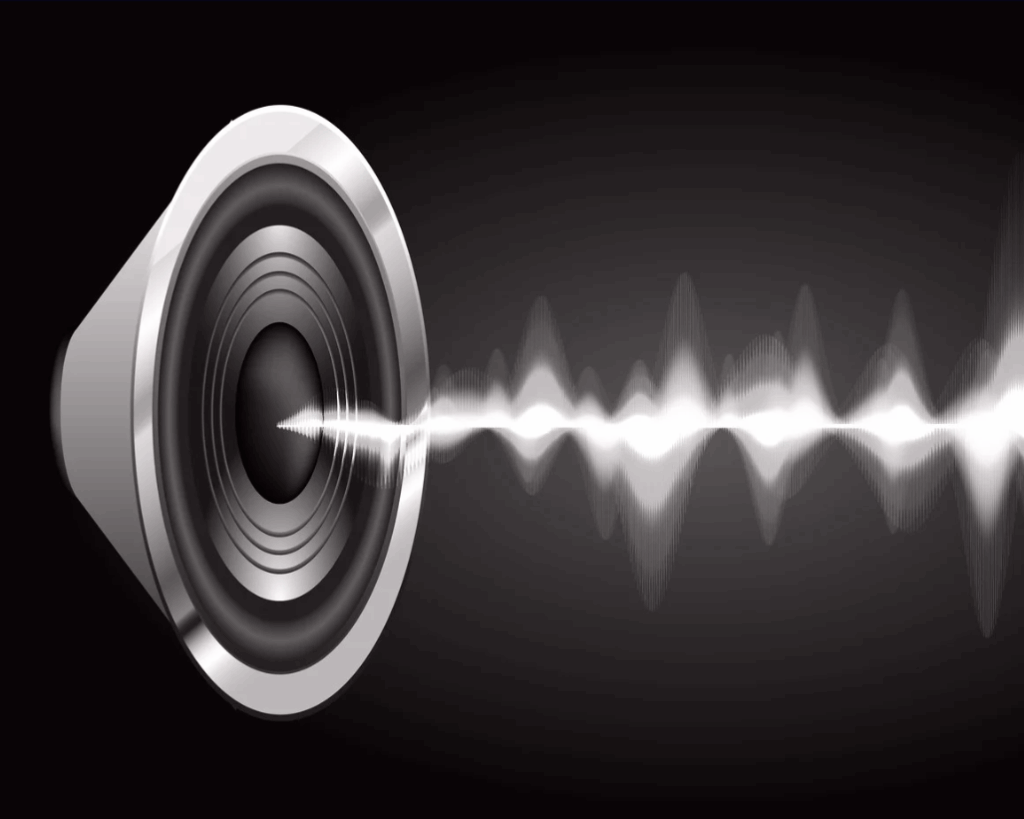
Growing Accuracy And Reliability
Ultrasonic sensor technology has come a long way, and the accuracy and reliability are constantly improving. Modern sensors use better signal processing techniques to filter out noise and interference, giving more precise distance measurements. Also, things like temperature compensation are becoming more common, which helps keep the readings accurate even when the temperature changes. This means that ultrasonic sensors are becoming a dependable choice for more and more applications where precision is key. For example, piezo transducers are now more accurate than ever before.
Ultrasonic sensors are becoming increasingly reliable due to advancements in materials and manufacturing processes. These improvements lead to longer lifespans and reduced maintenance, making them a practical choice for long-term deployments in various industries.
Here’s a quick look at how accuracy has improved over time:
| Year | Typical Accuracy (cm) |
| 2010 | ±5 |
| 2015 | ±3 |
| 2020 | ±2 |
| 2025 | ±1 |
Here are some factors contributing to the increased reliability:
- Better signal processing algorithms.
- Improved transducer materials.
- More robust designs to withstand harsh conditions.
- Advanced calibration techniques.
Challenges And Limitations Of Ultrasonic Sensor Implementation
Ultrasonic sensors are pretty cool, but they aren’t perfect. Like any tech, they have their downsides and things you need to watch out for when you’re using them. Let’s talk about some of the main challenges.
Addressing Signal Interference
One big issue is that ultrasonic signals can get messed up by other sounds. Think about it: these sensors work by listening for echoes. If there’s a lot of noise, it can be hard to pick out the real echo from all the other sounds bouncing around. This is especially true in places with lots of machinery or other ultrasonic devices. Signal interference can lead to false readings or missed detections.
To deal with this, you can try a few things:
- Use filters to block out unwanted frequencies.
- Shield the sensor to reduce noise.
- Use signal processing techniques to clean up the data.
Mitigating Environmental Factors
Weather can also throw a wrench in the works. Temperature, humidity, and air pressure all affect the speed of sound, which is how these sensors measure distance. If the temperature changes, the sensor might think an object is closer or farther away than it really is. Rain, snow, and wind can also mess with the signals.
Wrapping Things Up
So, we’ve gone over a lot about ultrasonic sensors. It’s pretty clear they’re more than just simple beeping devices. They can do a lot, especially when you start looking at how they use data to figure out where things are. This technology is getting better all the time, and it’s making a real difference in how cars, and other things, understand their surroundings. It’s exciting to think about what else these sensors will be able to do in the future. They’re definitely a big part of making our world smarter and safer.
Frequently Asked Questions
How do ultrasonic sensors actually work?
Ultrasonic sensors work by sending out sound waves that are too high-pitched for humans to hear. These sound waves travel until they hit an object and then bounce back to the sensor. By measuring how long it takes for the sound to return, the sensor can figure out how far away the object is. It’s like how bats use sound to find things in the dark!
What is ‘triangulation’ in the world of ultrasonic sensors?
Triangulation is a smart way to get even more precise information from ultrasonic sensors. Instead of just knowing a distance, triangulation uses signals from multiple sensors or different angles to pinpoint an object’s exact location in space. Think of it like using two eyes to judge depth, rather than just one.
Where are ultrasonic sensors used in cars?
Ultrasonic sensors are super useful in cars! They help with parking by telling you how close you are to other cars or walls. They also act as blind-spot monitors, letting you know if another car is hiding where you can’t see it, and even help prevent crashes by detecting obstacles around the vehicle.
What are some difficulties with using ultrasonic sensors?
One big challenge is dealing with things that can mess up the sound waves, like loud noises or rough surfaces that scatter the sound. Also, extreme weather like heavy rain or snow can sometimes make the sensors less accurate. Placing the sensors in the right spot and setting them up correctly is also key.
Are ultrasonic sensors getting better over time?
Yes, definitely! Newer ultrasonic sensors are getting much better at processing information super fast, which means they can react quicker. They’re also being combined with other types of sensors, like cameras, to get a more complete picture of the surroundings. Plus, smart computer programs are helping them learn and perform even better.
What are the main benefits of using ultrasonic sensors?
Ultrasonic sensors are pretty affordable to make and put into devices. They also work well in different kinds of weather, which is a big plus. And as technology gets better, these sensors are becoming more and more accurate and dependable, making them a great choice for many uses.

